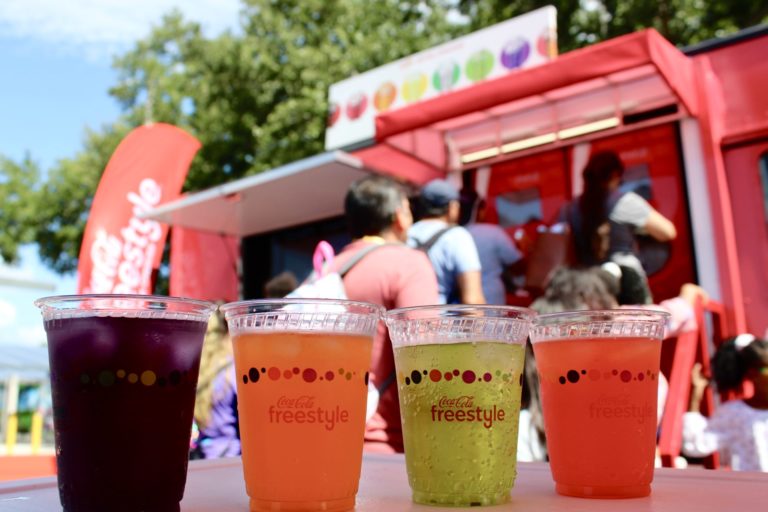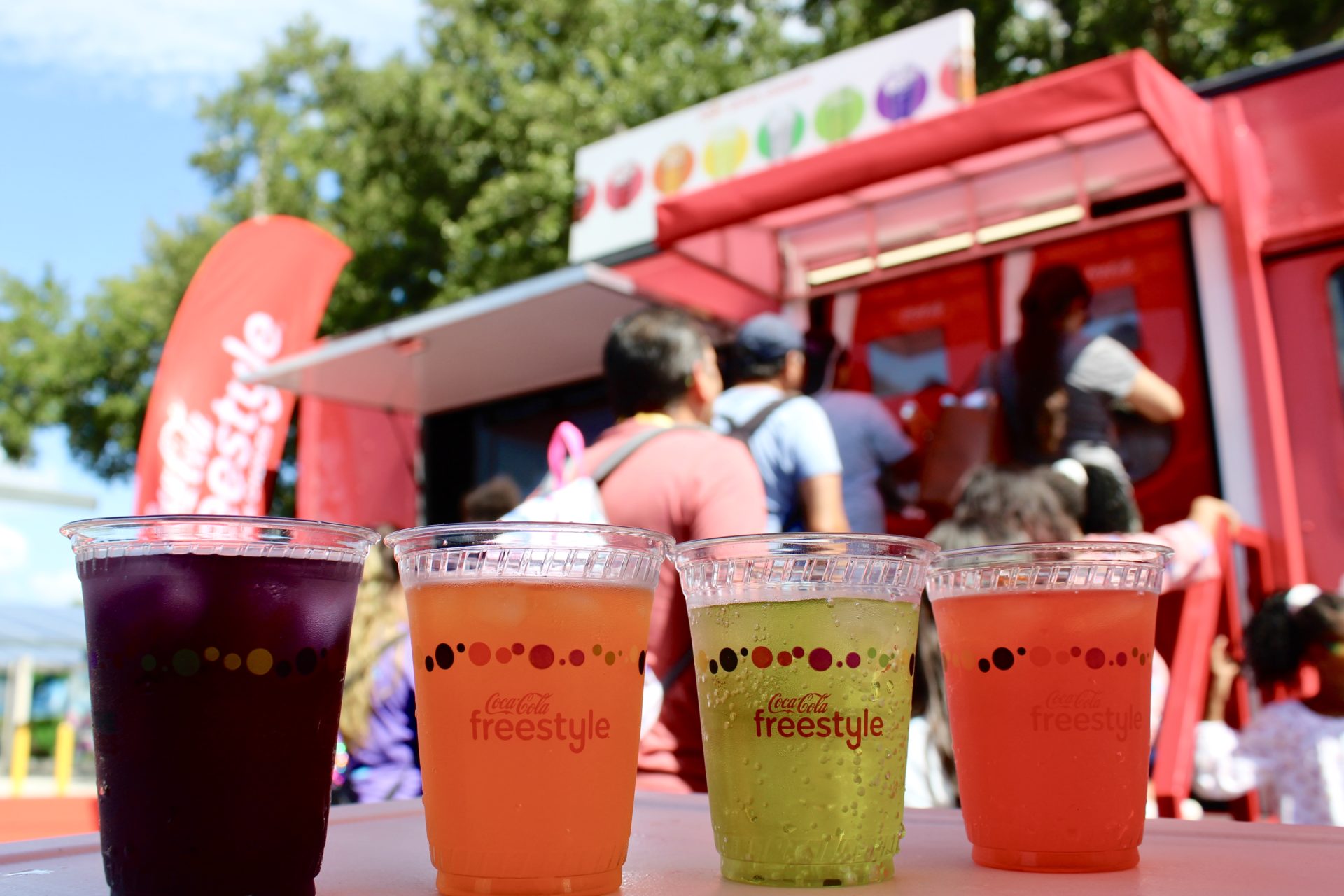05.08.23
By Lisa Major

If you’ve executed a successful experiential marketing activation, you know that experiential tactics are a great way to connect with your target consumers. Experiential reaches people where they work, live, and play and builds a special type of brand awareness that’s hard to come by with traditional marketing methods. But imagine the impact of scaling your campaign to reach beyond a singular event or city.
Multi-market campaigns can be advantageous for brands. Think of the possibilities of taking your brand on the road with a mobile marketing tour or executing an event in multiple locations simultaneously (like college gamedays or retail events, for example). You’ll get your brand in front of more eyes, expanding your reach and maximizing the number of impressions you make, which can have a huge impact on your marketing efforts.
Executing and managing a multi-city experiential marketing campaign comes with some challenges, but with the right planning and coordination, you can successfully run your campaign like a pro.

Staying on task is crucial when running multiple events. Create a timeline and checklist for each location that outlines tasks, logistics, and essential details, and create deadlines for each. Doing so will help you stay on track, ensuring that no detail is missed. Some of the tasks on your to-do may include:
No two locations will be the same regarding permitting, consumer behavior, weather, and even foot traffic. If possible, consult with someone in-market to understand what may work best. This could be a venue rep, a local event manager, or even a brand ambassador you’ve hired.
Instead of having one team managing all locations, divide the team up and assign a group of locations to each team. The assigned teams can oversee all the details and tasks for their set locations, taking the pressure off one team managing the aspects of all locations.
Hiring experiential event professionals that have experience with larger-scale, multi-market campaigns is a must. Look for experiential agencies and vendors with the resources and capability to take on the project.
Effective and regular communication is critical. This includes sharing information with your vendors and partners about the schedule, logistics, inventory, and any possible changes. Using a communication tool like Microsoft Teams to message your teams with updates and files instantly can be incredibly helpful to ensure everyone is on the same page before, during, and after the event.
Things will never go as planned. Whether it’s a change in location or schedule, a hiccup with logistics, or bad weather that hampers your efforts, always have an actionable backup plan in place, and be sure to communicate any issues or changes with everyone working on the project internally and on-site.
Gather information from your team, on-site managers, and event staff to identify the strengths and weaknesses of the event. Celebrate your successes and note anything that can be done differently to make future events even more successful.
With over two decades of experience, ATN Event Staffing has the expertise and resources to take on large-scale, multi-market experiential campaigns. Contact our team to learn more about our capabilities and discuss your upcoming project.